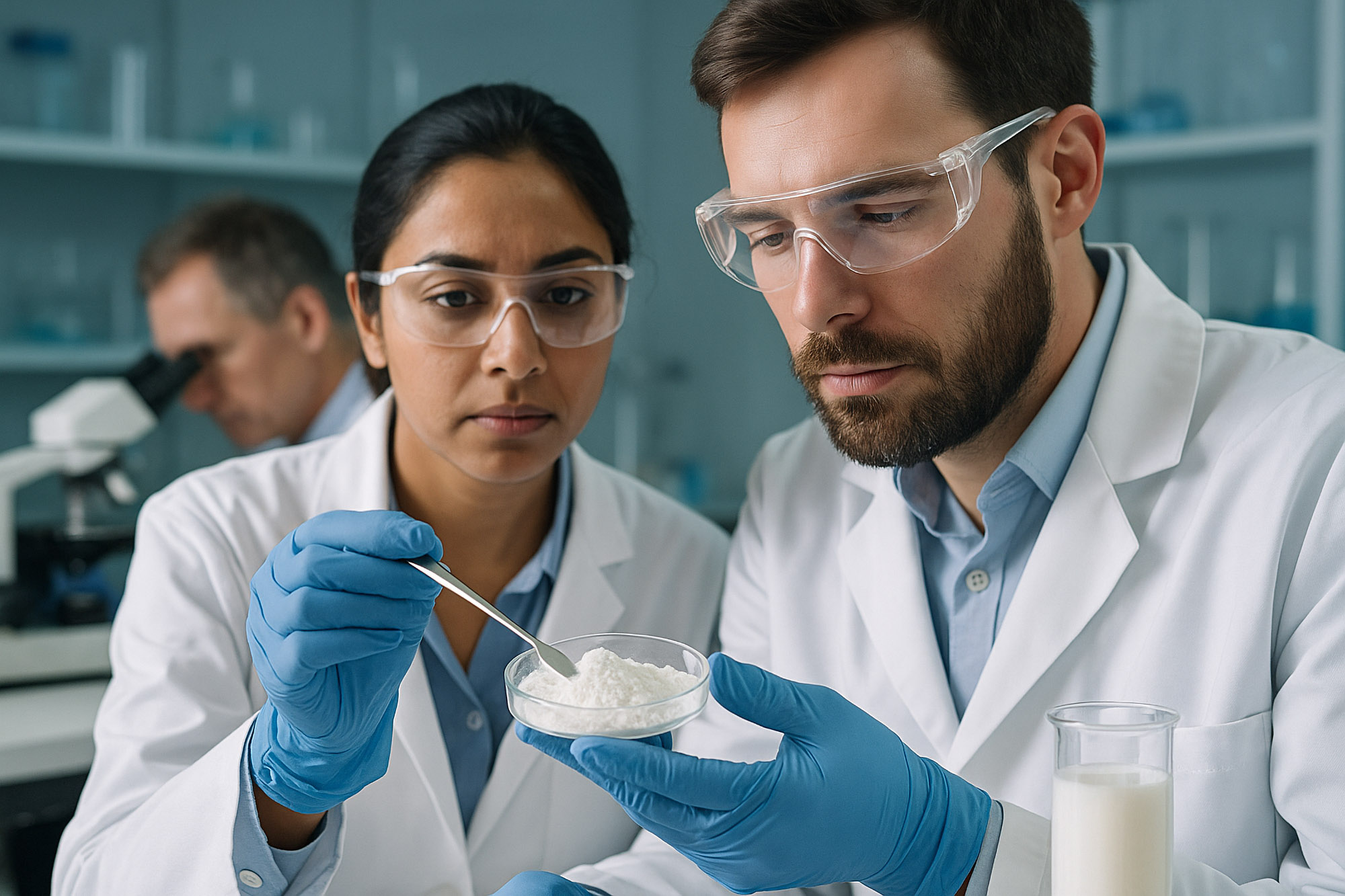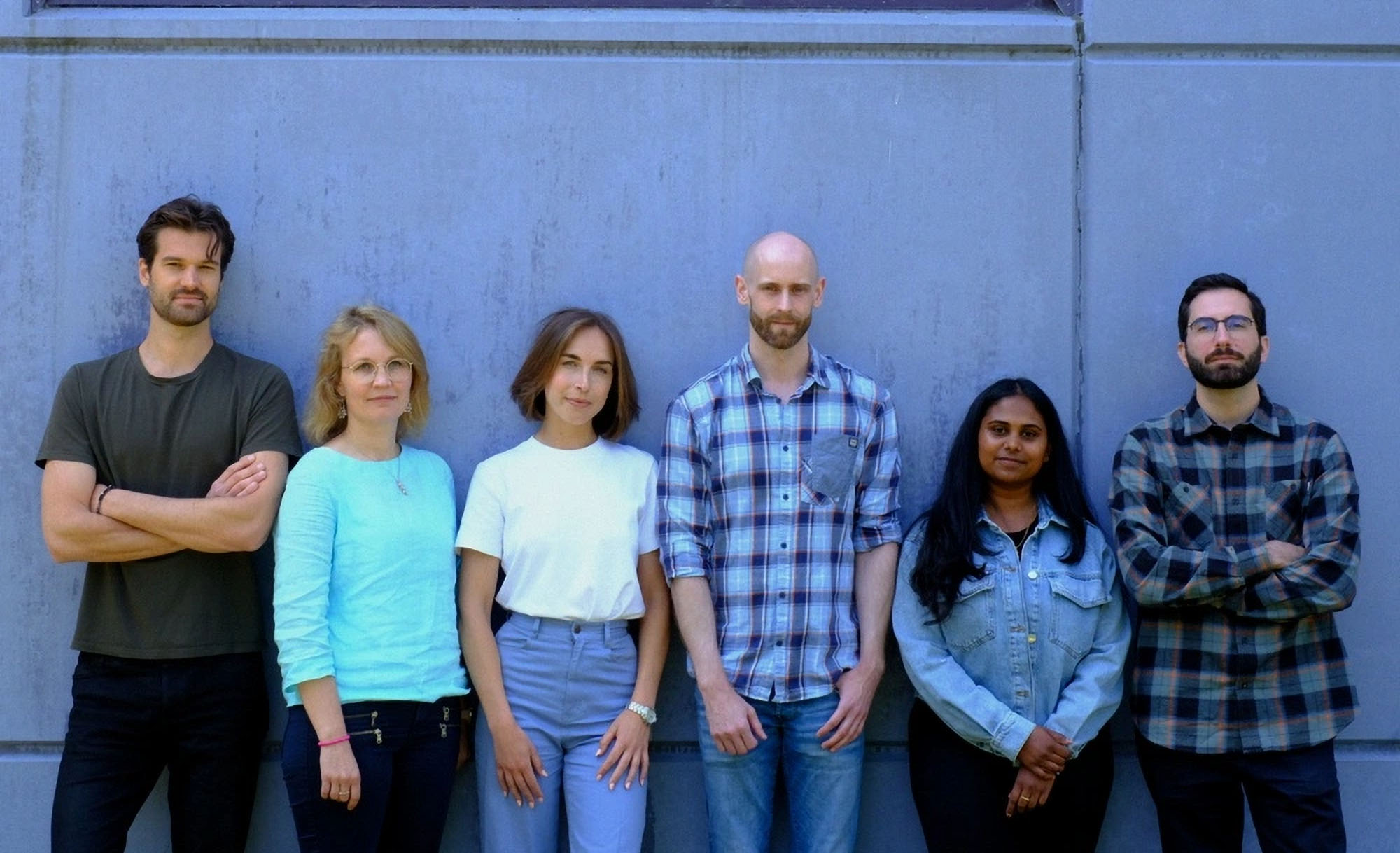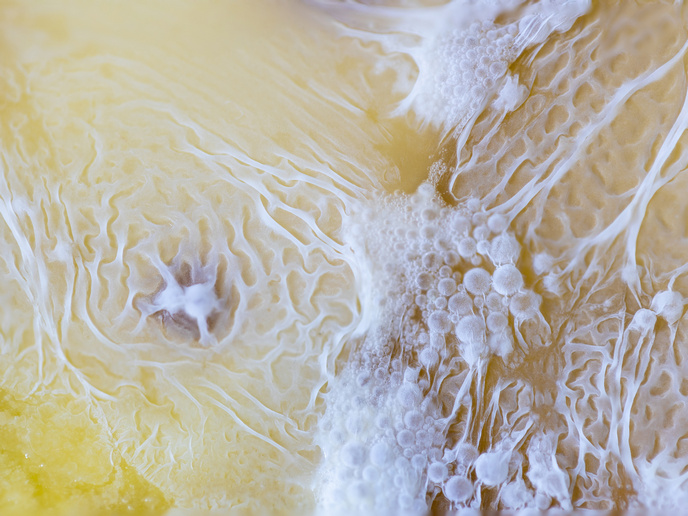

Researchers achieve breakthrough in microbial production of functional casein
A European research collaboration has reported a breakthrough that could transform how milk proteins are produced. Scientists from Chalmers University of Technology in Sweden, the Technical University of Denmark (DTU), INRAE in France and partner institutions have successfully generated phosphorylated and functional αs1-casein in Escherichia coli. The work, led by Suvasini Balasubramanian, Golnaz Mobasseri, Lei Shi, Claire Berton-Carabin, Ivan Mijakovic and Peter Ruhdal Jensen, marks the first time casein has been phosphorylated at all its native sites in a microbial host – overcoming one of the biggest barriers to producing animal-free caseins through precision fermentation.
Milk proteins are highly valued in food and nutrition for their digestibility, amino acid profile and functional properties. Caseins in particular contribute to foaming, emulsification, stabilization and gel formation, making them essential in products such as cheese. While recombinant whey proteins have already been produced at commercial scale, caseins have proven much more difficult to replicate. Their functionality depends on phosphorylation, a post-translational modification required for calcium binding and micelle formation. Without it, caseins cannot deliver the texture and performance consumers expect from dairy.
The researchers demonstrated two ways of overcoming this barrier. First, they co-expressed αs1-casein with bacterial kinases from Bacillus subtilis. Two enzymes, PrkD and YabT, successfully phosphorylated the protein at nearly all the same sites as in bovine casein, replicating its native phosphorylation pattern. Mass spectrometry confirmed the modification, and assays showed that these recombinant caseins bound calcium far more effectively than unphosphorylated versions.
Second, the team developed a phosphomimetic strategy, substituting serine residues with aspartates to mimic the negative charge of phosphate groups. These phosphomimetic caseins also exhibited high calcium-binding capacity, in some cases stronger than the phosphorylated proteins. Structural analyses suggested that both phosphorylated and phosphomimetic caseins behaved more like bovine caseins than unmodified recombinant proteins.
The implications are significant. The global casein market was valued at US$2.7 billion in 2023 and is projected to reach nearly US$4.9 billion by 2033, driven by demand in food, nutraceuticals and pharmaceuticals. But scaling up dairy production to meet that demand exacerbates environmental pressures. Producing caseins in microbial systems could reduce reliance on livestock while supplying nutritionally equivalent proteins.
The researchers assessed the technology readiness level at 4, reflecting proof-of-concept validation at the laboratory scale. In digestion simulations, recombinant phosphorylated and phosphomimetic αs1-caseins were broken down in a manner similar to bovine caseins, suggesting good nutritional equivalence. Functional testing further confirmed enhanced calcium binding, a prerequisite for micelle formation and critical for dairy processing applications. Whether these recombinant caseins can form fully stable micelles identical to those in milk remains an open question, but the results demonstrate that phosphorylation can be reproduced in E. coli — long considered an insurmountable barrier.
Scaling the process for industry will require further advances. While E. coli can reach high recombinant protein yields, it accumulates proteins inside the cell, complicating purification. Broader kinase specificity also introduced some non-native phosphorylation sites. The researchers note that other microbial hosts such as Bacillus, Aspergillus or yeast could provide advantages for secretion and downstream processing. Even so, this work establishes a foundation that many in the field believed was out of reach.
By showing that phosphorylation can be engineered in microbial systems, the study provides a pathway to producing functional caseins without cows. Caseins are the critical missing link in efforts to recreate dairy functionality through precision fermentation. The ability to generate phosphorylated or phosphomimetic variants that closely mimic their bovine counterparts offers a route to replicating cheese and other dairy products without relying on animal agriculture.
The authors conclude that future research should expand to other casein proteins, improve kinase specificity and secretion efficiency, and validate micelle formation under industrial conditions. If those steps can be achieved, recombinant caseins could play a pivotal role in building sustainable, animal-free dairy alternatives.
If you have any questions or would like to get in touch with us, please email info@futureofproteinproduction.com






